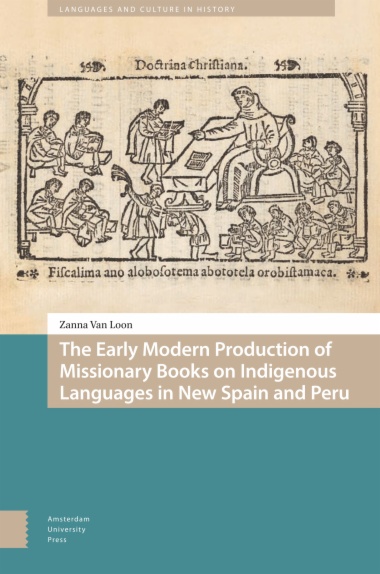How do the social, material, and spatial processes underlying the making of early modern missionary grammars, vocabularies, and devotional translations deepen our understanding of their contents? The handwritten and printed missionary books produced in the Spanish viceroyalties of New Spain and Peru were key instruments designed to help study Indigenous languages in order to efficiently teach religious doctrine to local communities unfamiliar with European culture and religion. This volume considers these missionary books as physical and social objects and illuminates how a variety of factors determines their physical appearance, structure, and form, which in turn shape and guide the interpretation of their contents: people involved in its making; geographical and social circumstances and conditions of production; technologies, materials, and tools; genre and function(s) of the books; and intended readership, modes of distribution, and readerly responses.
- Cover
- Table of Contents
- Abbreviations
- Acknowledgements
- Introduction
- 1. Mapping the conditions to record missionary linguistic knowledge on paper
- Language and authority in Spanish America
- From language study to codifying knowledge of Indigenous languages
- The essential role of Native collaborators
- The integrated nature of missionary books on Indigenous languages
- Conclusion
- 2. Pre-publication review: Controlling the contents and creating credit
- Institutional framework
- Studying the legal paratext as a window onto pre-publication control
- The reviewers
- The process of evaluating missionary books
- A multifaceted evaluation
- Institutional constraints
- Conclusion
- 3. Publishing missionary books: A niche market
- A clustered network of printers in New Spain
- Setting the conditions for publishing
- Printing on demand?
- Conclusion
- 4. Foregrounding the printing office in the making of a printed missionary book
- (Un)intentional actions during printing
- Typographical choices for representing Indigenous languages
- Corrections and alterations after printing
- Conclusion
- 5. Taking into account the particularities of missionary books
- Pen, paper, and ink: From scribbling down notes to making fair copies
- The contingent relationship between manuscripts and printed books
- Exploring the complex interrelation between manuscript and print: A manuscript Mixtec grammar at the Biblioteca Cervantina
- Conclusion
- 6. A means to an end? Determining a medium to record missionary knowledge
- Practical and institutional grounds
- The demand for books
- Different functionalities
- Conclusion
- Conclusion
- Works Cited
- Index
- List of tables and graphs
- Table 1. Chronological overview of the precensura process for Luis Jerónimo de Oré’s Symbolo catholico indiano (1598)131
- Table 2. Master printers active in New Spain before 1701 having published missionary books dealing with Indigenous languages24
- Table 3. Master printers active in Peru before 1701 known to have published missionary books dealing with Indigenous languages
- Table 4. Seventeenth-century missionary linguistic editions by Jesuits printed in Lima
- Table 5. Master printers active in Europe before 1701 having published Spanish missionary linguistic books
- Graph 1. The share of missionary genres dealing with Indigenous languages (%) in manuscripts and printed books in New Spain (1500–1701)
- Graph 2. The share of missionary genres dealing with Indigenous languages (%) in manuscripts and printed books produced in Peru (1500–1701)

